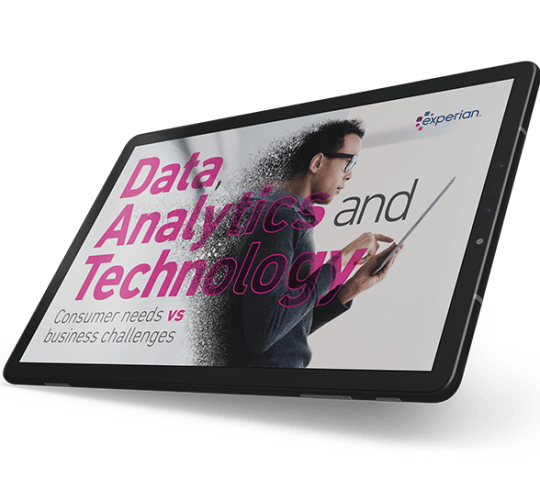Open Banking is becoming increasingly popular worldwide, and one of the main reasons for this is that consumers are increasingly willing to share their data. However, they want assurances that companies can ensure the security of their data and demonstrate the value of sharing data.
Our 2022 Business and Consumer Insight Report has shown that around half of consumers recognise that they are willing to share their data to access a product or service. Almost half of consumers are willing to let companies access their financial information to get help with online application checks for financial products.
Consumers’ willingness to share data presents companies with many opportunities. By using this data, companies can gain actionable insights and improve their performance to provide a better and more personalised customer experience. And when the customer experience improves, consumers are more likely to want to share more data.
This creates a virtuous cycle of Open Banking. The promise of a better customer experience encourages financial services and telecom companies to invest in Open Banking. Not surprisingly, 68% of companies surveyed in the aforementioned study have already invested in Open Banking and another 26% plan to do so. Moreover, 60% of companies are enthusiastic about the opportunities offered by Open Banking.
Consumer consent is key
For businesses, the value of Open Banking is clear. However, many consumers do not yet see its value and benefits. To further encourage customers who are still hesitant in sharing their data, companies need to clearly highlight this value exchange to potential customers.
Our research shows that 50% of consumers are willing to offer regular insight into their banking transactions so that lenders can monitor their financial situation and offer improved financial support.
The survey also shows that 54% of consumers would like more support from companies they have borrowed money from to ensure they do not miss payments. Open Banking is crucial here because it allows continuous monitoring of affordability. By gaining insight into bank transactions, companies can better support consumers throughout the life of a loan.
Improving credit scores with transactional data
Companies are increasingly using Open Banking in various aspects of their operations. One of the key components is risk assessment. This is where transactional data from Open Banking comes in handy.
Companies can use transactional data to develop a risk assessment score, and combine it with credit bureau scores to gain insight into creditworthiness or affordability. By combining different data sources, companies can build a much stronger risk assessment model than is possible with just a credit bureau score. Transactional data allows a detailed insight into each customer and this makes it extremely valuable to assess risk throughout the customer lifecycle.
The study also shows that there are a variety of critical and important use cases for Open Banking, especially for businesses. Besides risk assessment, payment services, affordability assessments, identity and income verification, tracking vulnerable customers and personal financial management are some examples.
The road to Open Data
Open Banking is just the beginning of a much larger shift towards an economic system based on Open Data. This is not just about sharing account data, but also data from other sectors, such as insurance, telecommunications, energy and even government data. In this new world, data will be exchanged effortlessly and almost in real-time, making old, time-consuming manual processes such as printing and sending documents a thing of the past.
Open Data will not only allow companies to abandon many traditional, manual practices, but also reduce the number of steps that still slow down digital processes. Think of downloading and uploading documents for a mortgage application. This is especially important for financial services and telecoms companies that have long struggled to provide a seamless online customer experience. This is due to the number of procedures and checks required to comply with regulatory requirements.
With Open Data, companies can improve the overall digital experience and streamline customer support. For example, personal information and financial documents can be securely stored in a digital identity portfolio that consumers manage themselves. This enables customers to submit applications more easily and quickly, while companies can conduct financial checks more effectively.
The shift to Open Data will enable financial services and telecom companies to exceed customer expectations and communicate with unprecedented simplicity. However, it is important that companies clearly communicate these benefits to potential customers. Companies that succeed in this will have an edge over their competitors in this new era of business services.

